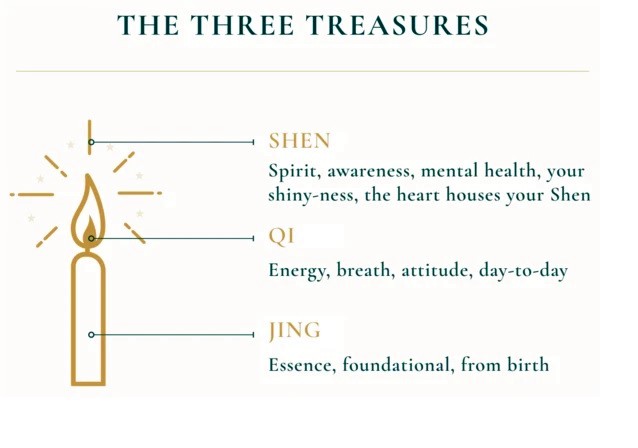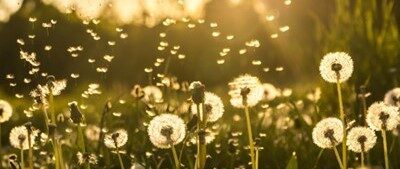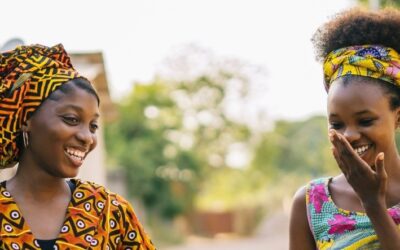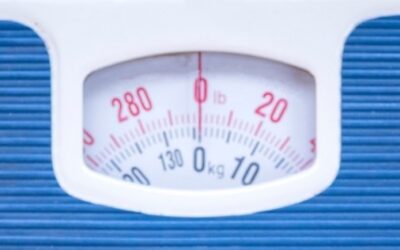Most Americans, especially students, are familiar with the concept of burning the candle at both ends. But what effect does that have on our bodies, how do you preserve your candle, and can you build it back up?

For many, burning the candle at both ends is synonymous with overwork and sleep deprivation, it describes an overall unbalanced lifestyle. The Chinese and Taoist philosophy describes the body’s vital substances as the three treasures, or our Jing, Qi, and Shen. The Jing is also referred to as the Essence, and it’s our constitutional or genetic disposition, our primal life energy, and it also houses our creative energy. “Jing is responsible for reproduction, development, growth, and a person’s constitution. Jing is a foundational component in the production of Qi and it also supports marrow production (2)”. The Qi gives us our day-to-day vitality, and the Shen is our mind, consciousness, or spirit.
Some Jing deficiency symptoms are mental dullness or restlessness, mental fatigue, premature greying of hair, weakened bones, loose teeth, hair loss, conception difficulties, lowered libido, to name a few. Chronic or acute disease is another way we can deplete or lower our Jing, and lowered Jing makes us more susceptible to disease.
As a student it is not uncommon to study into the hours of the night, however this is not a sustainable practice. As health practitioners we need to take care of ourselves so that we have enough energy, compassion, and mental strength to hold space for our patients. Things that we can do to protect, preserve, or generate our treasures: avoid prolonged periods of taxation or stress, meditation, avoid excessive sexual activity, and prioritize rest. Acupuncture can help harmonize the body, and herbal therapies, qigong, and dietary adjustments can help restore Jing as well.
{{cta(’85c6fa70-0834-4e22-8934-8e0b3441f4c8′)}}
Sources
- Reninger, Elizabeth. “The Three Treasures in Traditional Chinese Medicine.” Learn Religions, Aug. 27, 2020, learnreligions.com/the-three-treasures-3182922.
- Miramon, Adam. “Understanding Your Acupuncturist: The Three Treasures and The Vital Substances.”Uptown, Acupuncture, July 5, 2021, uptownacupuncturedc.com/understanding-your-acupuncturist-the-three-treasures-and-the-vital-substances/.




0 Comments